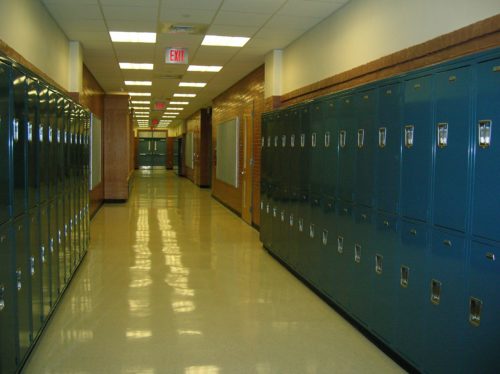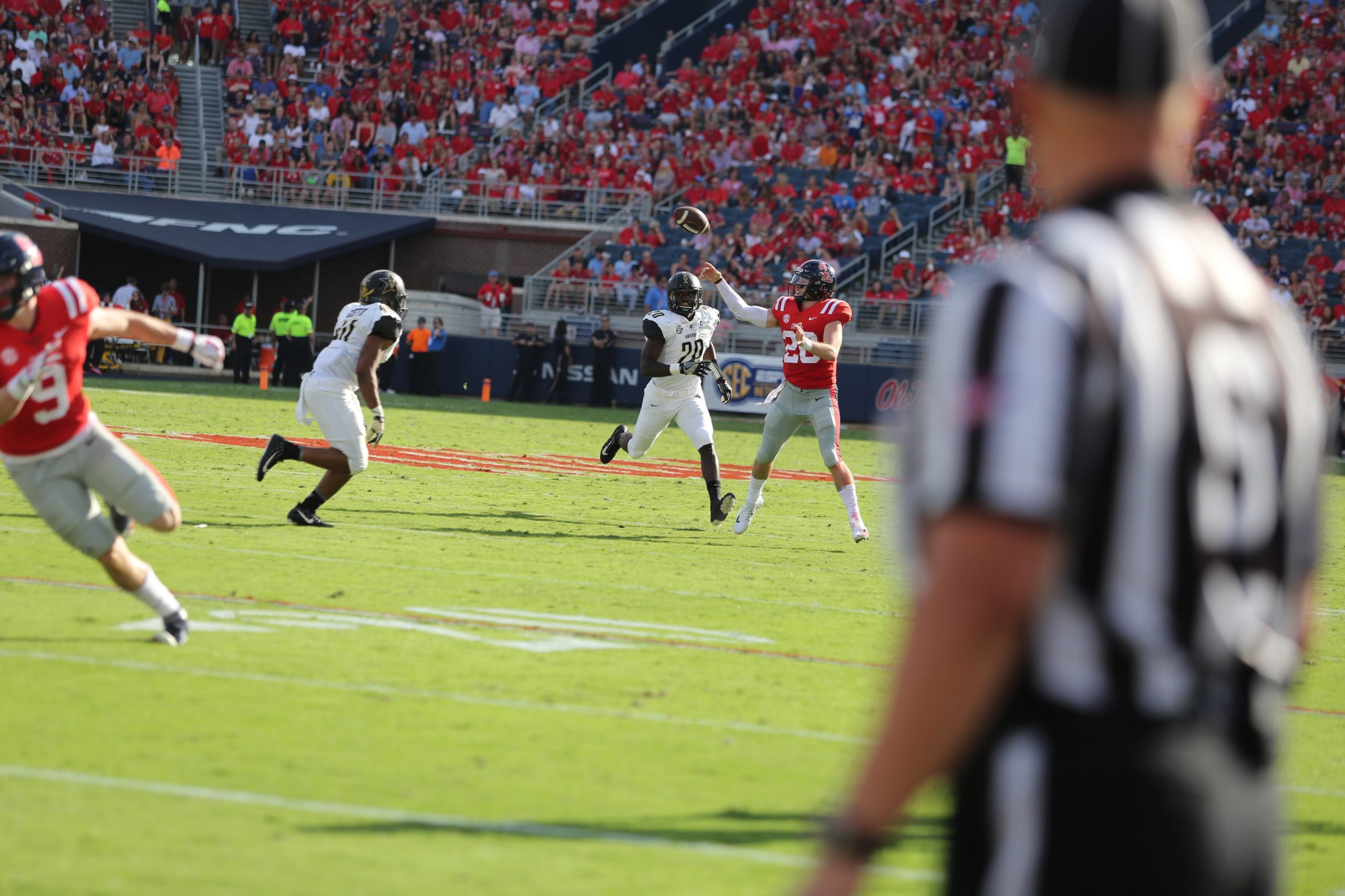
Live, Love, Learn (But Where?): Should Schools Reopen?
In a matter of months, a microscopic pathogen has infiltrated our lives and transformed the world as we knew it. And our children, though perhaps at lower risk of contracting the illness or suffering its worst effects, are still significantly impacted by the disruptions that coronavirus has introduced into all our lives.
For kids across America and around the world, the 2020 spring semester was cut short and students, parents, and teachers were forced to adjust with breakneck speed to online learning.
Now the summer is drawing to a close and the fall term is approaching fast. And school districts, parents, and teachers are grappling with the question of whether schools should reopen, even as the virus continues to rage and an increasing number of states across the US are forced to roll back their reopenings.
For parents and educators in Indiana and across America, this choice feels like balancing on razor’s edge between protecting our children’s future and risking that they won’t have a future at all.
So what do we do?
Impacts on Learning
Students in many districts across the US spent the final weeks of the spring term learning remotely. The results, unfortunately, were not great. In April 2020, the New York Times reported that less than half of all newly-remote students were regularly logging into their online courses.
Not only that, but studies are also suggesting that it’s the children who are at greatest risk for poor academic outcomes in general who are suffering most in the online learning environment. Children of color and those from economically disadvantaged homes appear to have struggled the most, not only with access but with learning content without the in-person support of a teacher.
A study by the Brookings Institute used past data on the notorious “summer slide” that students exhibit when they return to school in the fall, as well as studies of the effects of extended school closures in the recent past (i.e. due to storms and natural disasters), to predict how the COVID school shutdowns might affect kids.
They estimate that students may begin the fall term with only 70% of the learning gains in reading and 50% of the gains in math than they would have had had there been no shutdown.
And if schools delay their on-campus reopenings, those learning declines are expected not only to continue but, potentially, to worsen. That includes increasing the already significant inequities in STEM education for minority and low-income students.
Impacts on Children and Families
The question of whether schools should reopen isn’t just a question of the effects on children’s learning. It’s also a question of the personal effects on kids and families. Extended social isolation can have a devastating impact on mental health, leading to depression, anxiety, and even self-harming behaviors, from overeating to substance abuse.
Children are by no means immune from the psychological effects of school closures. In a May Gallup poll, nearly 30% of parents reported that their children’s mental health was already suffering due to the school closures, and another 14% claimed that their children were approaching their emotional and psychological breaking point.
The American Academy of Pediatrics is advocating a safe return to school in the fall not only because of academic and socialization concerns but also because of the tertiary services that schools provide. These include mental health services, physical exercise, and healthy meals. It also gives children from abusive homes safe places to spend their days and to access help when needed.
The Dangers of Reopening
The list of reasons why schools should reopen sometimes seems endless. This is especially true for parents who are not only worried about their kids’ academic and emotional health but who are also desperate to return to work and need safe childcare.
But the one reason not to reopen may well outweigh all the reasons in favor of reopening. We just don’t know if it’s safe — for kids and teachers, for families and communities. Essential workers understand perhaps better than anyone right now what it’s like to go out into the world every day in the middle of a pandemic, to fear becoming infected or bringing the infection home to their families.
They also understand that getting back out into the world means taking special precautions, such as laundering clothes separately, being meticulous about hand hygiene, and taking care to pump up your immune system and minimize your risks of getting sick, such as avoiding virus “hot zones” whenever possible.
No Definitive Answer?
Determining when, if, and how schools are going to reopen is going to depend largely on rates of community spread in each school district at any given time, There’s just not going to be a one-size-fits-all solution, nor is there any guarantee that a plan that’s appropriate for today is going to work for tomorrow.
School districts in Indiana, like districts all across the US, are faced with the challenge of serving students’, educators’, and families’ needs, while also protecting their physical health and the health of the community. This likely means giving parents the option to continue with remote learning, as well as establishing specific thresholds for community infection rates that will trigger an immediate return to online or hybrid learning.
But it’s not just the school districts that have a hand in this. Families have an important role to play as well. From stemming the spread by social distancing, wearing masks, and frequent hand washing to taking steps to shore up students’ immune systems through good nutrition and a healthy lifestyle. Making even small changes, such as eating well, getting regular sleep and exercise, and managing stress, can help children, and their families, stay strong and healthy, no matter how the virus may threaten.




